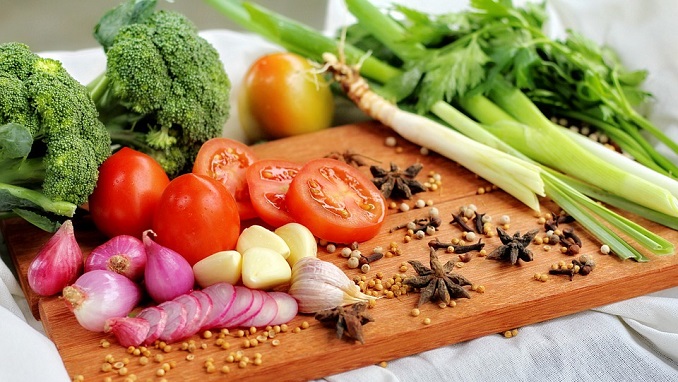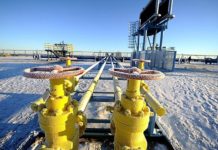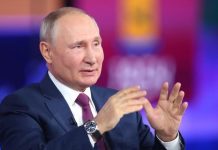If Russia was to achieve targeted indicators on agricultural exports, the country could face problems satisfying its own food needs, says a new report by experts at the Russian Presidential Academy of National Economy and Public Administration (RANEPA) and the Gaidar Institute for Economic Policy.
Russia’s agriculture exports should reach $45 billion as set by President Vladimir Putin in the decree to be implemented by 2024. The Agriculture Ministry expects it to reach $24.7 billion by the end of this year, according to TASS.
“The imbalance between low production growth rates and high growth rates of export and import substitution may lead to failure to achieve the goals set by the state program on import substitution and export. Whereas if those goals (on growth of agriculture export) are achieved, a problem may rise with satisfaction of domestic needs in agriculture products. Estimates suggest that domestic consumption may shrink by around 10% in this case,” the report said.
Import substitution and a sharp rise in exports have become the key targets of Russia’s agricultural policy over the past several years. That has been reflected in the state program on agriculture development and regulation of the markets of agriculture products, primary produce and food, which contains a number of measures aimed at replacing imported products with locally made ones.
“It stands to reason that achievement of targets on growth of exports and import substitution is only possible with respective high growth rates of the sector. Meanwhile the state program envisions rather modest growth rates of the sector’s gross output: 15.1% in eight years (from 2017 to 2025),” analysts noted. Whereas previously the state program envisioned a slightly higher planned growth of 16.3%, the report says.












